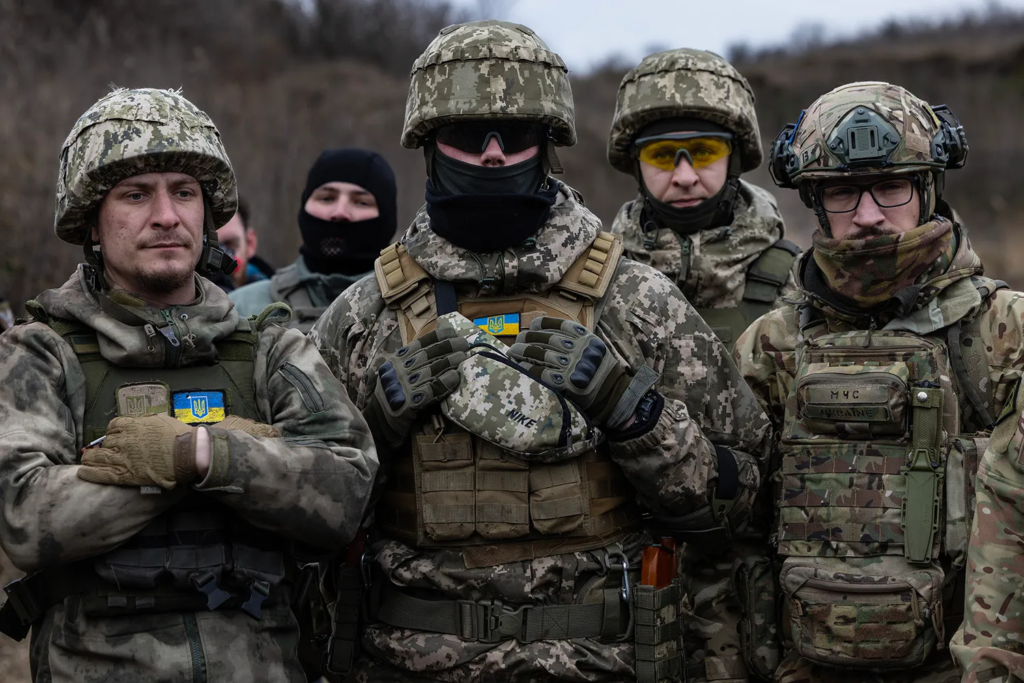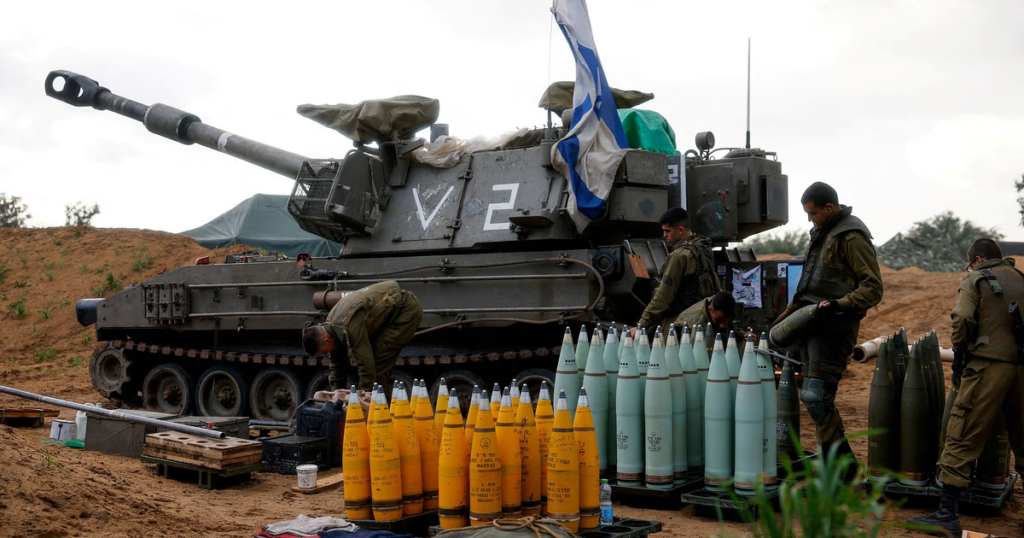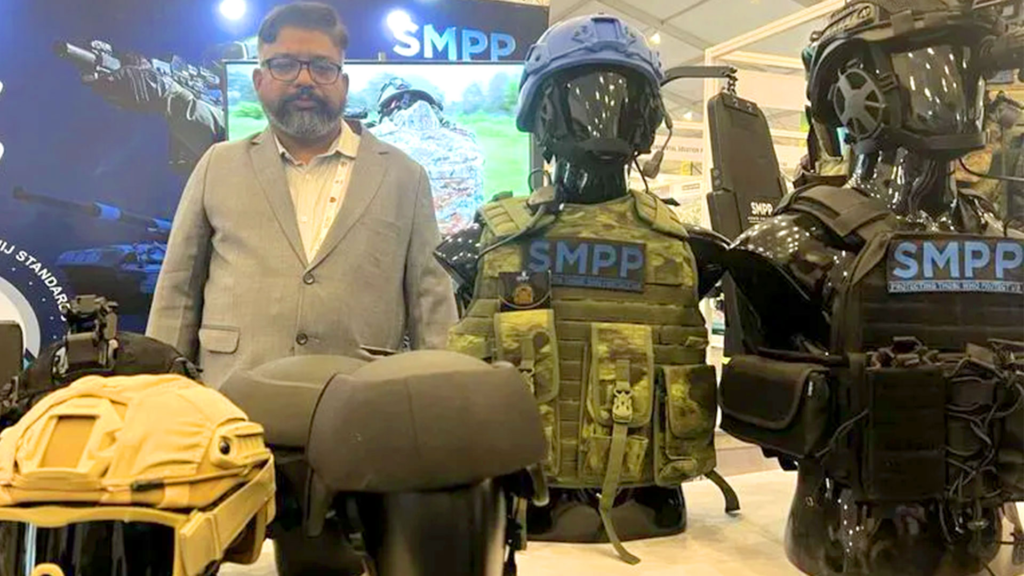When the Russia-Ukraine conflict began, both nations sought India’s support. Ukraine requested weapons and protective gear, while Russia insisted India refrain from supplying anything to Ukraine. At the outset, India maintained neutrality, emphasizing that “peace is the solution.” However, during Prime Minister Modi’s visit to Ukraine, India extended support by providing medical equipment, food, and humanitarian aid, which russia looked as inconsequential.

Indian Artillery Shells in Ukraine: A Controversial Discovery
India decided not to supply weapons to either side, though Russia had little need for Indian weaponry. However, Ukraine received arms from multiple global sources. A major controversy emerged when Indian-made artillery shells surfaced in Ukraine. Russia formally protested to the Indian government, demanding an explanation. In response, the Indian government launched an inquiry to determine how state-owned munitions from Munition India Limited (MIL) ended up in Ukraine.

India’s Defense Exports: Beyond Artillery Shells
Artillery shells were not the only Indian exports to Ukraine during the conflict. An Indian defense giant supplied Ukraine with ballistic vests, helmets, plate carriers, and ceramic plates. These shipments, routed through the Netherlands, provided Ukraine with critical protective gear.

SMPP Private Limited: Supplying Protective Gear to Ukraine
An Indian private company, SMPP Private Limited, played a key role in supplying protective equipment. Between March 2022 and December 2022, data compiled by Alpha Defence revealed 59 shipments to the Netherlands and then to Ukraine. Each shipment contained ballistic vests, helmets, vest outer carriers, and hard armor plates. Though the shipments ranged between 750 to 1,000 units per batch, the total export volume was significant:
- 20,850 bulletproof vests
- 14,850 ballistic helmets
- 10,000 additional hard armor ceramic plates
Implications of India’s Defense Exports
Although these exports might displease Russia, they highlight two critical aspects. First, India’s industrial capacity is vital in any conflict. If India actively supported a war, its manufacturing strength could shift the balance. However, India remains largely non-aligned, preventing its full industrial potential from influencing the war.
Second, the demand for Indian military protective gear underscores its growing reputation in the global defense market. Indian manufacturers have demonstrated their ability to meet large-scale orders, reinforcing India’s emergence as a reliable supplier of military-grade protective equipment.
Overall, India’s role in the Russia-Ukraine conflict remains complex. While maintaining an stance of neutrality, its defense exports have indirectly supported Ukraine. The controversy surrounding Indian artillery shells continues, but the demand for Indian protective gear highlights the country’s growing influence in global defense manufacturing. As India strengthens its defense production capabilities, its role as a global supplier will only expand, shaping future conflicts and security dynamics worldwide.

Commercial entities were fully aware of what they were doing.